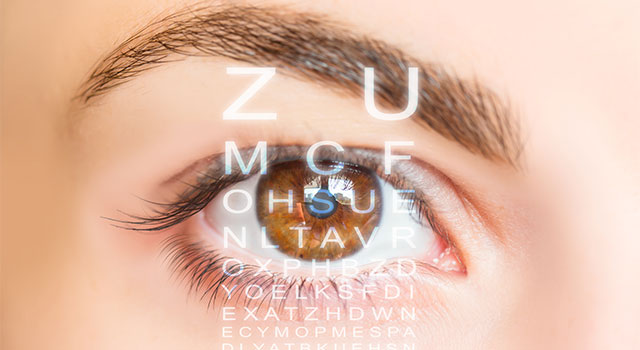The Duty of Advanced Diagnostic Equipment in Identifying Eye Disorders
In the world of ophthalmology, the utilization of sophisticated diagnostic devices has actually revolutionized the early recognition and administration of numerous eye conditions. As the need for accurate and prompt diagnoses proceeds to grow, the assimilation of cutting-edge devices like optical comprehensibility tomography and aesthetic field testing has actually become vital in the world of eye care.
Relevance of Early Diagnosis
Very early diagnosis plays an essential role in the efficient monitoring and treatment of eye conditions. Prompt recognition of eye conditions is vital as it enables prompt intervention, potentially protecting against additional development of the condition and minimizing long-term issues. By identifying eye conditions at a beginning, doctor can provide ideal treatment plans tailored to the details problem, eventually leading to much better outcomes for patients. Early medical diagnosis allows patients to access essential assistance solutions and sources quicker, enhancing their overall high quality of life.

Modern Technology for Discovering Glaucoma
Sophisticated analysis technologies play an important function in the very early discovery and surveillance of glaucoma, a leading reason for irreversible loss of sight worldwide. One such modern technology is optical comprehensibility tomography (OCT), which offers thorough cross-sectional pictures of the retina, permitting for the dimension of retinal nerve fiber layer density. This dimension is crucial in assessing damage triggered by glaucoma. An additional advanced tool is visual area testing, which maps the level of sensitivity of a person's aesthetic area, assisting to find any kind of locations of vision loss attribute of glaucoma. Furthermore, tonometry is utilized to gauge intraocular pressure, a major threat element for glaucoma. This examination is important as elevated intraocular pressure can lead to optic nerve damages. In addition, more recent innovations like the use of artificial intelligence formulas in examining imaging information are revealing appealing cause the early discovery of glaucoma. These sophisticated diagnostic devices allow ophthalmologists to identify glaucoma in its early stages, allowing for timely treatment and better monitoring of the illness to avoid vision loss.
Role of Optical Coherence Tomography

OCT's capability to evaluate retinal nerve fiber layer thickness permits for precise and unbiased dimensions, aiding in the very early detection of glaucoma also before visual field defects emerge. OCT technology permits longitudinal tracking of architectural changes over time, helping with individualized therapy strategies and timely interventions to aid preserve people' vision. The non-invasive nature of OCT imaging likewise makes it a favored option for keeping an eye on glaucoma development, as it can be duplicated regularly without causing discomfort to the individual. On the whole, OCT plays a critical function in boosting the analysis accuracy and administration of glaucoma, eventually contributing to much better results for individuals at danger of vision loss.
Enhancing Diagnosis With Visual Field Screening
A vital element in detailed sensory examinations, aesthetic field testing plays a critical role in improving the analysis procedure for different eye conditions. By analyzing the full degree of a person's aesthetic field, this test gives essential info concerning the useful integrity of the entire aesthetic path, from the retina to the visual cortex.
Aesthetic field testing is specifically important in the diagnosis and monitoring of conditions such as glaucoma, optic nerve problems, and different neurological diseases that can affect vision. With measurable dimensions of outer and main vision, clinicians can detect refined changes that might indicate the visibility or progression of these conditions, also prior to noticeable linked here signs take place.
Moreover, aesthetic area screening permits the monitoring of treatment efficacy, helping ophthalmologists customize healing treatments to specific people. eyecare near me. By tracking adjustments in aesthetic area performance in time, doctor can make educated choices about changing drugs, recommending medical treatments, or implementing various other ideal procedures to protect or improve a client's aesthetic feature
Taking Care Of Macular Degeneration

Final Thought
In final thought, advanced diagnostic tools play a crucial role in identifying eye problems beforehand. Technologies such discover this as Optical Comprehensibility Tomography and aesthetic field testing have significantly enhanced the precision and efficiency of detecting conditions like glaucoma and macular degeneration. Early detection enables prompt treatment and administration of these disorders, ultimately leading to much better outcomes for patients. It is essential for health care specialists to remain updated on these advancements to give the finest possible take care of their patients. eyecare near me.